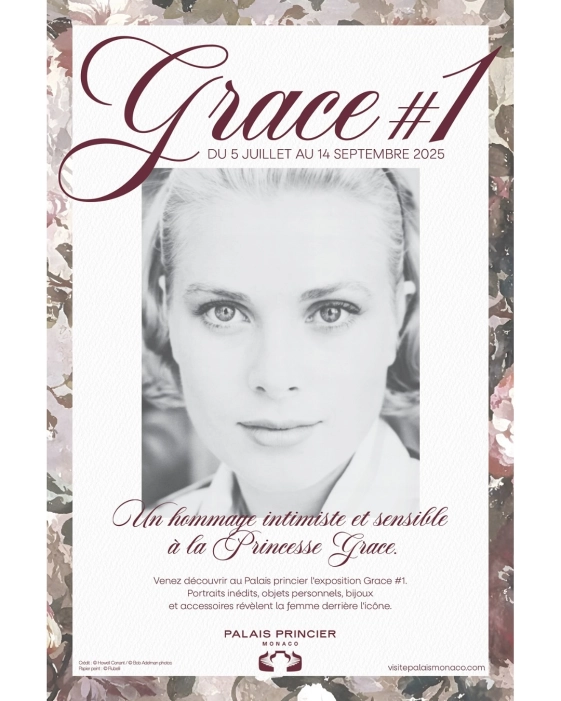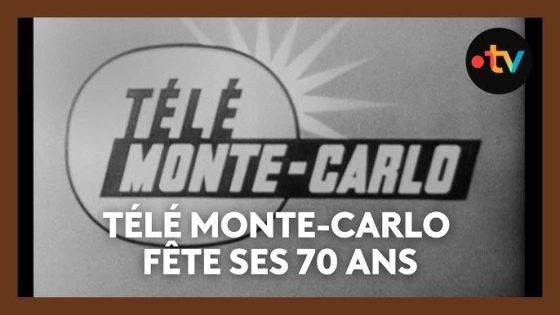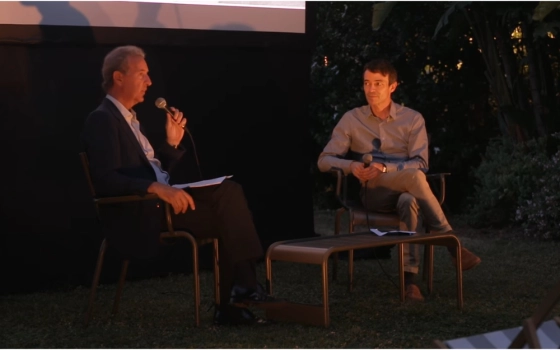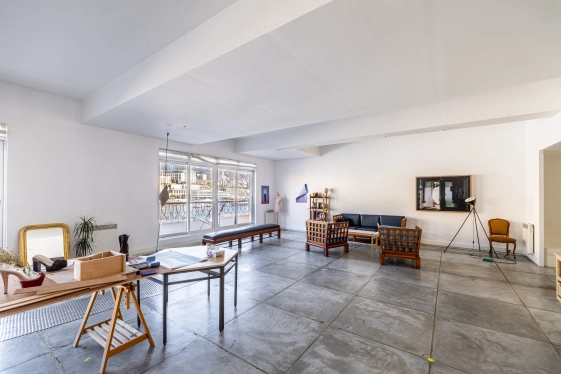

Introduction
In addition to the buildings and artworks which make up the Principality’s heritage, there is also another element which has contributed to its influence: the image. And not just still, or photographic, images, which emerged in the Principality around 1860, but also moving images: the motion-picture camera and projector was tested in Monaco in 1897 at one of the world’s first exhibitions devoted to cinema: a photography competition which included a section titled "Living Monaco captured by cinematographic equipment" and organised by the Société des Bains de Mer.
Two years later, the latter, with support from Gaumont, launched a motion picture competition for amateurs from all over the world, with the winning films screened in 1900 at the Monte-Carlo Palais des Beaux-Arts. Ever since, Monaco has maintained a close and emotional relationship with cinema.
In the early twentieth century, the Principality of Monaco, occupying a spot somewhere between dreams and prestige, continued to inspire filmmakers from all over the world, who have used it as a living backdrop. In 1905, the famous magician Georges Méliès set the trend in motion with his comedy film An Adventurous Automobile Trip.
The cinema explores the fabulous playground on offer in the Principality, and invites guests to peek behind the scenes of its illustrious venues. The splendour of the Casino and the Grand Prix circuit became a recurrent theme in storyboards. Numerous filmmakers shot there on multiple occasions, including Sacha Guitry, with his 1936 film The Story of a Cheat, who was fascinated by the beauty of the Belle Époque buildings in the Monte-Carlo district, Alfred Hitchcock, who shot To Catch a Thief here in 1955, then Samuel A. Taylor, in 1956, with The Monte-Carlo Story.
Monaco’s idyllic setting has given life to timeless masterpieces, including James Bond films from Never Say Never Again to GoldenEye, as well as great classics of French cinema such as Jacques Demy’s Bay of Angels. More recently, Heartbreaker, which brought together Vanessa Paradis and Romain Duris, was set at the Monte-Carlo Bay Hotel & Resort.
Find out more
There are several institutions which preserve this heritage:
- The Monaco Audiovisual Institute has a large collection of professional and amateur films, televised archives, photographs and audio recordings that have a link with the Principality. These have come from donations and voluntary deposits. The Institute also collects other documents relating to cinema and the history of cinema, including photographs, posters, periodicals and books. Every year, it shares these collections with the general public through screenings, exhibitions and on-site consultations. The Audiovisual Institute of Monaco also hosts a film season "Tout l’Art du cinéma" (All the Art of the Cinema) as well as the "Rendez-vous de la Petite Salle" (Small Screen Sessions), to offer audiences cinema in all forms and genres and from all continents. A number of these screenings benefit from partnerships with Monegasque cultural institutions
- The Regional Fund holds posters and a large collection of lobby cards*
- In addition to the Regional Fund, the Multimedia Library makes a collection of films available to the public and regularly hosts screenings as part of its Ciné-Club
- The Cinema des Beaux-Arts and The Monaco Open Air Cinema feature the latest films all year round
* Lobby cards are advertising stills that were used to promote films. They depicted several key scenes and were displayed in cinema lobbies, often alongside a synopsis of the film.
Sources:
Monaco Audiovisual Institute website
Vivre ma Ville, No. 59, January/March 2019, Patrimoine
Events

Exposition « Grace » #1

Ciné concert - Chantage d’Alfred Hitchcok
Online content

Télé Monte-Carlo (TMC) à 70 ans : une exposition sur les vingt premières de la chaîne

Meeting with Abel Ferrara on the occasion of the screening of his film Pasolini (2014)

